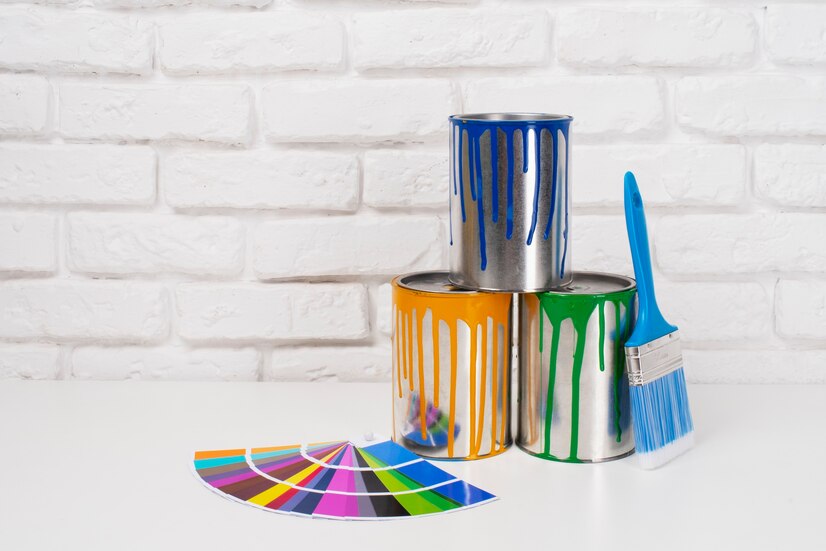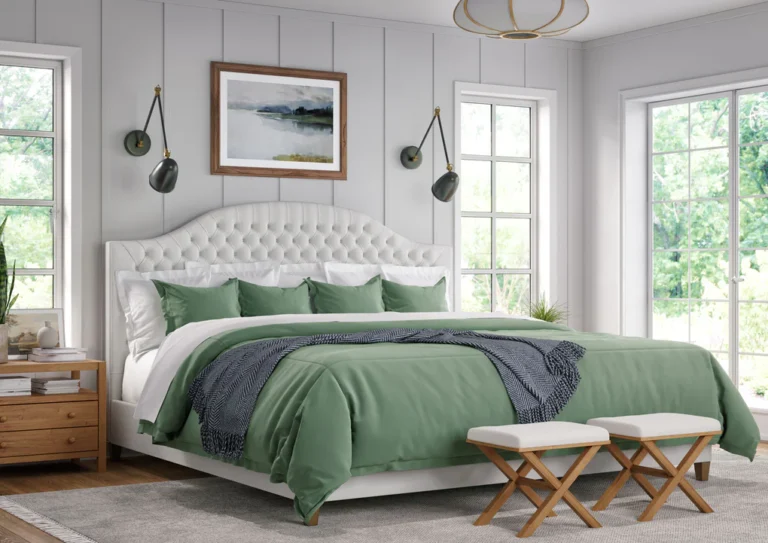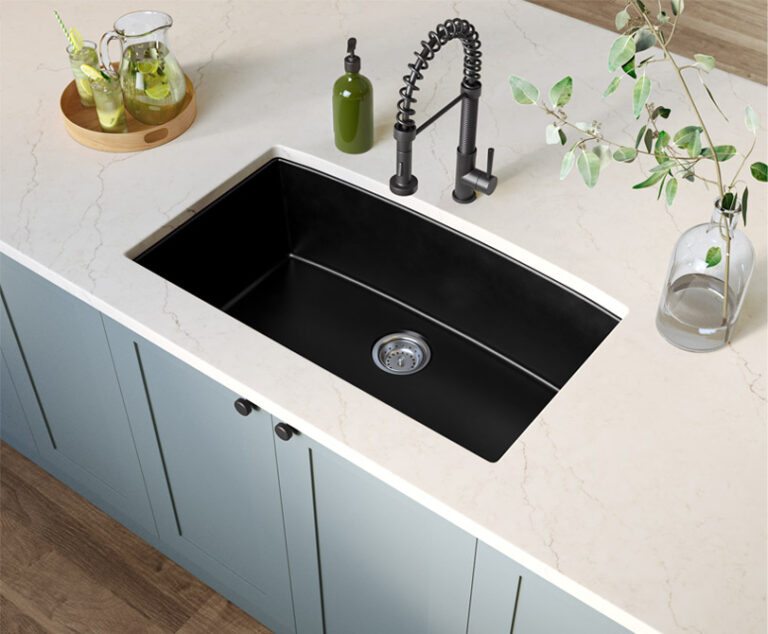How to Choose the Right Faux Paint Color Combinations for Your Home
Have you ever been overwhelmed by the multitude of faux paint color combinations when planning to refresh your home’s aesthetics?
Choosing the perfect blend of hues is vital in creating the desired ambiance for each room. We will delve into the secrets behind selecting faux finishing combinations that not only reflect your personal style but also harmonize with your living space.
Get ready to transform your walls into a canvas that radiates warmth, depth, and character -all while ensuring the process is simple and enjoyable.
Define Your Style
Personal style is the starting point of your faux painting adventure. It’s about knowing which visual appeal resonates with your soul: is it the romantic brush of Tuscan texture, or the sleek chic of metallic finishes? Understanding your aesthetic preference is key to selecting colors that will not only complement but elevate your space.
Reflect on the mood you’re aiming to cultivate within each room. A serene bedroom might call for soft, muted tones, creating a tranquil retreat. Conversely, a lively kitchen could benefit from vibrant colors that energize and inspire culinary creativity.
Consider the Room’s Purpose
The purpose of the room you’re working in should play a crucial role in your color choice process. For instance, a home office demands a palette that promotes focus and productivity, possibly incorporating cool blues or calming greens. On the other hand, a dining room could benefit from warm, sociable colors, like reds or oranges, that stimulate conversation and appetite.
When pairing colors for your faux finish, consider the existing elements and furnishings within your space. This ensures that the chosen paint complements, rather than clashes with, your decor. Introducing harmonious shades that tie in with your upholstery, artwork, or even floor coverings can create a cohesive and visually appealing result.
Evaluate Lighting Conditions
One of the most overlooked factors in picking paint colors is the room’s natural and artificial lighting. A color that shines in a well-lit showroom might fall flat in the dim corners of your home.
Observe how light interacts with the room throughout the day. For areas with ample sunlight, cool shades can balance the warmth, while dimmer spaces can benefit from lighter, warmer tones to create a more welcoming atmosphere.
Understand Color Theory
Don’t worry-you don’t need a degree in art to learn about color theory. It’s just a list of color schemes that go well together, with similar colors, and with one color. You can use this list to help you make choices that will work well in every room.
On the color wheel, complementary colors are next to each other and make a picture more interesting. Similar colors are next to each other on the wheel and make the space feel calmer and more put together. Monochromatic color schemes use different shades of the same color and are a safe way to get a more understated but classy look.
Sample Colors in Small Areas
The only way to truly know how a color will look in your home is to see it in context. Paint sample sizes are your best friend here. Apply your chosen faux colors to a small, inconspicuous part of the wall and observe them at different times of the day. This helps to avoid any unwelcome surprises once the paint is on the entire wall.
Consider Existing Elements
Most likely, your room isn’t a clean slate. The color plan is affected by the furniture, decorations, and building features that are already there. Think about how the fake paint will look with the dark tones of your wooden cabinets or the bright white of your crown molding. It’s all about making a design that flows well and doesn’t put things against each other but instead shows how they work together.
Use Color Samples
Having color samples on hand can help you picture how the whole thing will look, kind of like a cheat sheet. You can match, contrast, and try out different color choices without having to buy whole gallons of paint.
This step gives you a chance to have fun and try new things, even if it means using colors you aren’t used to. Design is, after all, about finding new things.
Create Flow Between Rooms
Every room in your house is like a part of a story. Your color plan should flow from one room to the next, like a good story. It’s not necessary to paint every room the same color; rather, there should be a harmonious line that runs through them all. For example, you can add depth to a neutral base color by using brighter shades or different colors with the same intensity.
Think About Mood and Atmosphere
The right combination of paint colors can create different moods and atmospheres. Warmer colors can evoke a cozier feel, whereas cooler tones may lend sophistication or aloofness.
Textured finishes, such as sponging or ragging, can add dimension and tactile quality, enhancing the mood you wish to convey. It’s all about setting the stage for the story you want your space to tell.
Seek Professional Advice
Sometimes, even the savviest DIY-ers need a little professional insight. Faux painting can be a complex endeavor, especially if you’re considering layering colors or employing intricate techniques.
Additionally, for personalized assistance in choosing the perfect faux paint color combinations for your home, you may want to contact this house painter in Beaumont, who has a wealth of experience in creating stunning and cohesive interiors. A consultation with a faux painting specialist or an interior designer can provide valuable perspective and, in the long run, save you time, money, and potential heartache.
Elevate Your Home’s Allure With Our Exquisite Faux Paint Color Combinations
With careful deliberation and a test -patch or two, you’re well on your way to enjoying the stunning impact of faux paint in your home. Whether it’s the subtle elegance of faux suede or the opulence of a metallic glaze, with these guidelines in hand, your home can flaunt faux finishes that are not only beautiful but truly ‘you’.
In the grand canvas of interior design, the right faux paint color combinations can be a masterpiece, tying your entire home together with strokes of brilliance. So, choose wisely, experiment fearlessly, and let your walls speak the language of beauty.
We hope you found this article helpful. If you did, be sure to check out our blog for more great content like this.







